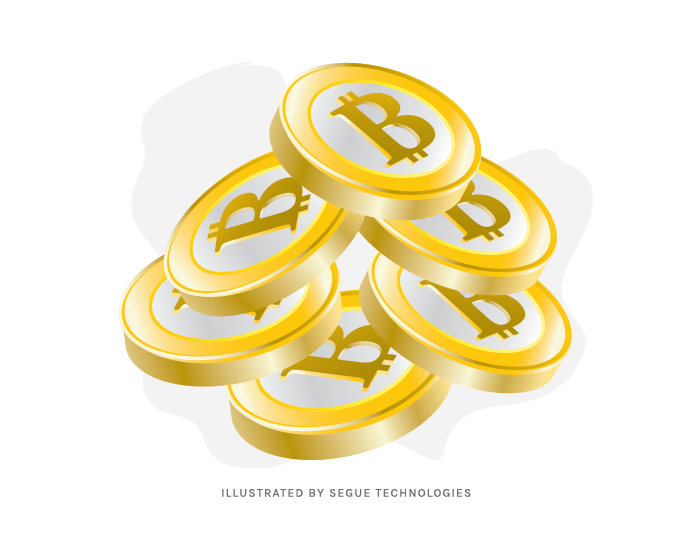The term bitcoin has been in the news lately. There always seems to be a fascination with digital technologies, especially technologies that are new and not generally used or understood. Some of the benefits of bitcoin and the underlying technologies that help it work have led people to question its usage. Any technology can be used for nefarious activities, but most technologies are morally neutral tools that only become useful or criminal when the people that wield those tools decide to do so with those purposes in mind. When it comes to the good technology versus evil technology debate, bitcoin is agnostic. In this first article of my bitcoin series, I will attempt to define what bitcoin is and how it can be used.

What is Bitcoin?
In the simplest terms, bitcoin is a currency just like the dollar or the euro. However, unlike our paper money or metal coins, bitcoin is a completely digital and private currency. A private currency is one that does not involve any government. People these days are no strangers to digital currency; we use debit cards, credit cards, and electronic fund transfers to spend our money. Services like PayPal and Square move our money from our account to another person without physical currency ever changing hands. Most of us don’t even get paid with cash or even a printed check, but by a direct deposit of funds from our employer’s account to our account. We can log on to see our digital account’s value go up or down, but unless we go to the bank or an ATM we will never see the cash in our account.
Companies looking to avoid large transactional fees are turning to bitcoin as a viable alternative. Not only can bitcoin save money in fees, it can also simplify the checkout process for a global e-commerce site. Any company that is marketing to an international market would benefit from using bitcoin as their currency of choice. Otherwise, these sites would also need to manage products with different prices in different currency markets or maintain completely separate websites for different parts of the globe.
How Does Bitcoin Work?
Several different technologies and methodologies are used to build this system of bitcoin currency:
Secure but not anonymous: Bitcoin uses an open-source cryptographic protocol to ensure that transactions remain secure. Though the data is secure, the logs for all bitcoin transactions get transmitted to every server (called bitcoin miners) running the bitcoin software. These transactions show the transaction going from address to address. The addresses are not identifiable but random representations of a person. However, it could be possible to tie one of these addresses to a single person and thus tying all of the system’s addresses to specific people. For this reason, bitcoin is considered secure, but not completely anonymous.
Decentralized: There is no government power in charge of bitcoin monetary policy. Financial institutions are not involved in processing bitcoin payments. Instead, a bitcoin transaction is directly initiated from one person to another without anyone in the middle. The power to transact and to check the cryptographic protocols happens in a completely distributed system using a P2P file sharing protocol. This distributed P2P system is similar to how the bittorrent system shares files, but instead bitcoin shares the transaction processing power among other bitcoin miner servers.
Some have equated bitcoin to protocols such as email and the web. While those protocols are free, the only fees associated with bitcoin are transactional fees, which are lower than bank or credit card processors. While the bitcoin currency model has not yet been widely adopted, it does have the potential to be transformational in the way we send money and pay for products.
For more information on bitcoin, be sure to check out my other posts: “Bitcoin Part 2: The Benefits of Bitcoin” and “Bitcoin Part 3: The Pitfalls of Bitcoin”.